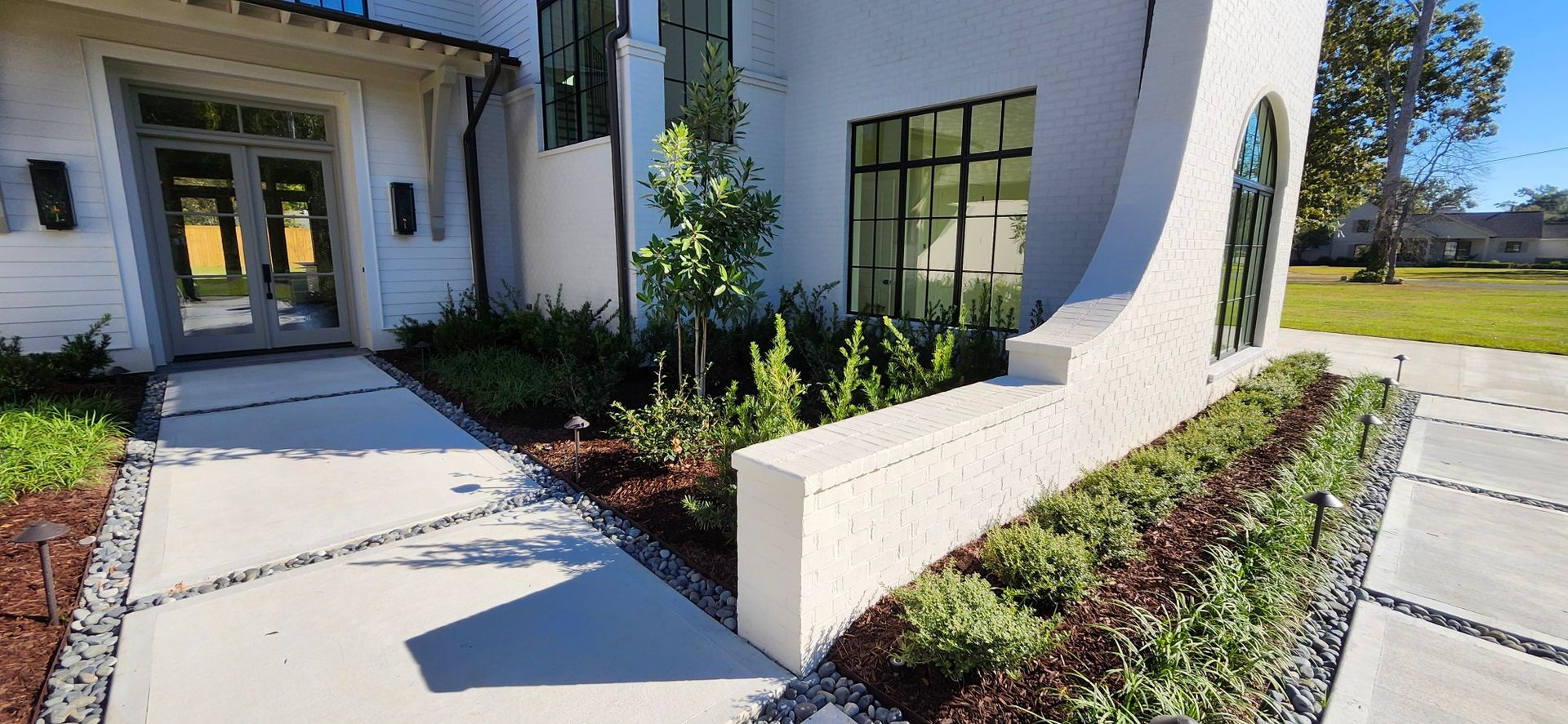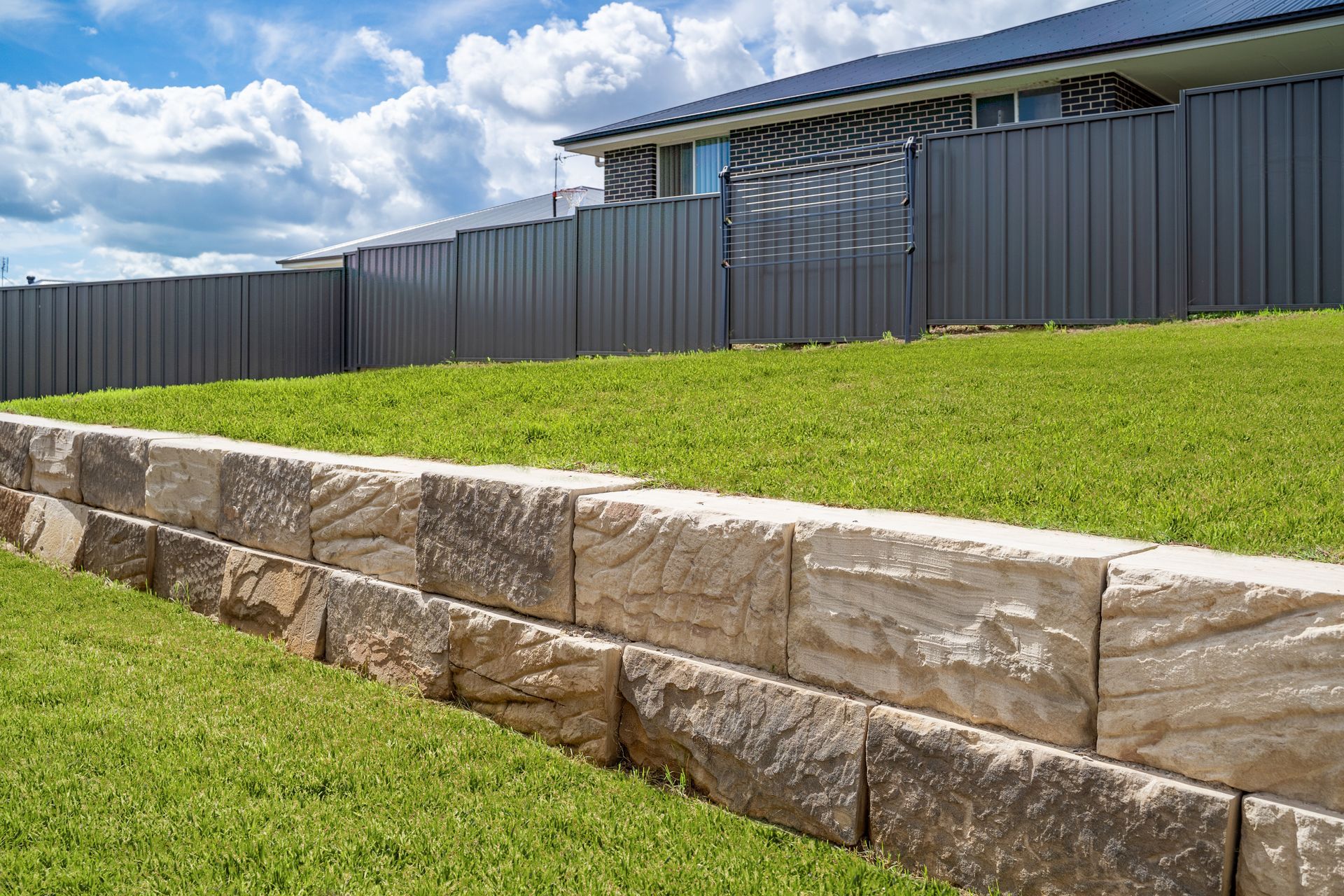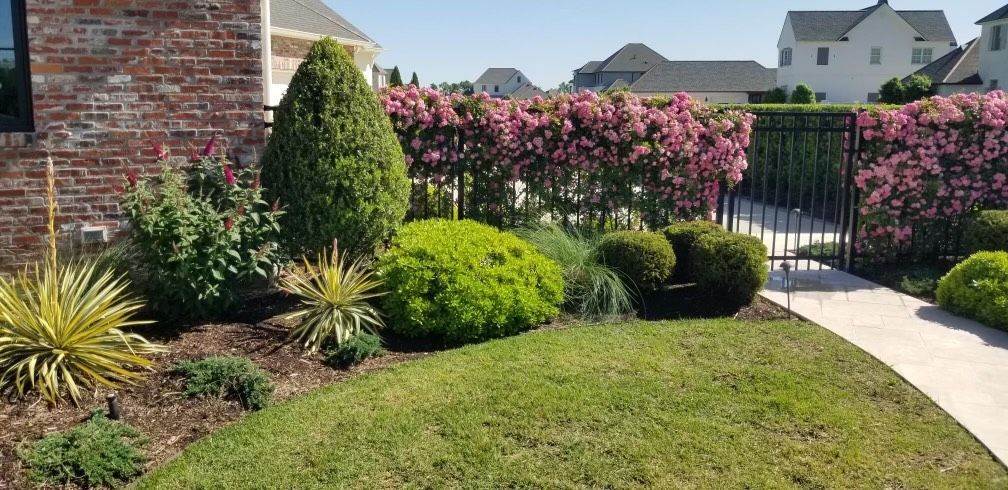Lawn Care Service in Baton Rouge: Tips for Resodding and Replanting after a Drought
Few things are more frustrating for a homeowner than to watch their once lush and colorful lawn deteriorate into a brown and lifeless stretch of ground or a highly maintained landscape die sporadically or in mass after a drought. Frustrations aside, landscaping is one of the easiest things to fix on a property and can lead to fixing more issues you may not have previously known or been able to fix. But don't worry; with the appropriate information and some work, you can give your outdoor space a fresh new look.
Assess Your Lawn and Landscape’s Damage
Before you begin the resodding and replanting process, it's essential to assess the extent of the damage. Take a walk around your yard and look for areas that are particularly dry, brown, or patchy. This evaluation will help you determine which areas need the most attention and whether certain sections can be salvaged with proper care. Pay attention to the sunlight and shade exposure for your lawn and the various areas within it as this will be critical in choosing the right type of grass later down the line.
Prepare the Soil for your Yard and Flowerbeds
The preparation of the soil is one of the most important phases in revitalizing your lawn and garden. It's important to restore the soil's critical minerals because a lack of rain can deplete them. Start by clearing the damaged areas of any debris, weeds, and dead grass. To remove the old grass, you may need to use a rake or a sod cutter. Next, consider aerating the soil to increase moisture retention. Aeration aids in loosening up compacted soil and allows for deeper penetration of water and nutrients. If there are any low-lying areas, fill and grade with Riversilt which is a great addition to build the perfect rooting medium for new sod and for long-term success and growth.
Resodding Your Lawn
Once the soil is prepared, it's time to resod your lawn. Begin by choosing the right type of grass. Opt for grass varieties that are well-suited to sunlight tolerances based on your particular yard and the desired look and usage you're looking for is. Consult with a local nursery or landscaping expert for guidance on which variety of grass would be the best option for your yard and for how you plan on utilizing the turf (ie. playing, just mowing, high traffic, etc). Measure the area you plan to resod and order the required amount of sod from a reputable supplier. Make sure the sod is fresh and healthy and is not yellow or flattened and doesn’t have a decaying smell to it (indicates it's been sitting on a pallet for too long).
Next, install the sod by laying it in a staggered pattern, ensuring that the seams are tightly joined and cutting off excess along bed edges, sidewalks, and driveways. Watering the sod thoroughly immediately after installation and rolling with a sod roller (available to rent from most tool rental companies) will help to ensure a level yard but also ensure proper root contact with the soil for faster and deeper rooting. Keep the newly laid sod consistently watered until it establishes roots deep enough to hold the sod down when tugged upon.
Replanting Flowers and Shrubs
Rescuing your flowers and shrubs after a drought is possible, but it requires some patience and care. Start by pruning dead or damaged branches and foliage depending on how much of the plant has died back (at some point, it may be better to remove the whole plant and start over). This will help your plants redirect energy to growing new branches into those open spaces and help fill in where it died off. Gradually increase the frequency and duration of your watering to help your plants recover and force new growth out. Be mindful not to overwater, as this can lead to root rot if overwatering goes on for too long and natural rainfall adds to the mix. Next, apply a layer of organic mulch around the base of your flowers and shrubs. Mulch helps retain moisture, regulate soil temperature, and suppress weeds as well as adds a fresh clean look to your landscape. You should also consider fertilizing your plants with a balanced, slow-release fertilizer to encourage new growth. Follow the instructions on the product label and make sure to sprinkle the fertilizer out and around the root base and not clumped up around the trunks or bases of the plants. After all is done be sure to keep a close eye on your plants and adjust your care routine as needed. Recovery may take time, but with proper care, most plants will bounce back over time, it will all depend on how much of a hit they took during the drought.
If your lawn, flowerbeds, or landscaping needs some help after the long, hot dry spell in Baton Rouge, Kyle’s Lawn and Landscape is here to help. For over a decade the experts at Kyle’s have been creating, maintaining, and rejuvenating greenspaces for Baton Rouge area home and business owners.





